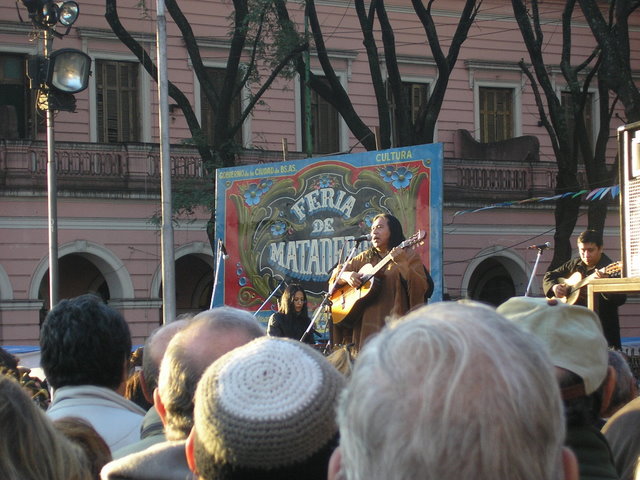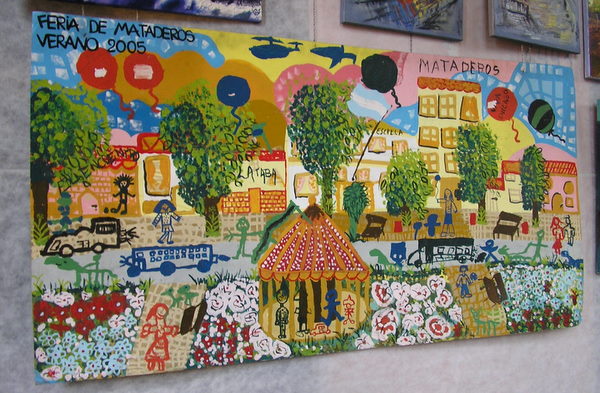|
Feria de MataderosA festival of the Pampas
Sunday street fairs are a beloved institution in Argentina. Many of the nation’s cities and small towns will have stalls for crafts, collectibles, food and maybe even a stage for music in a plaza, pedestrian mall or just an empty lot. For a traveler who wants to learn about a culture, 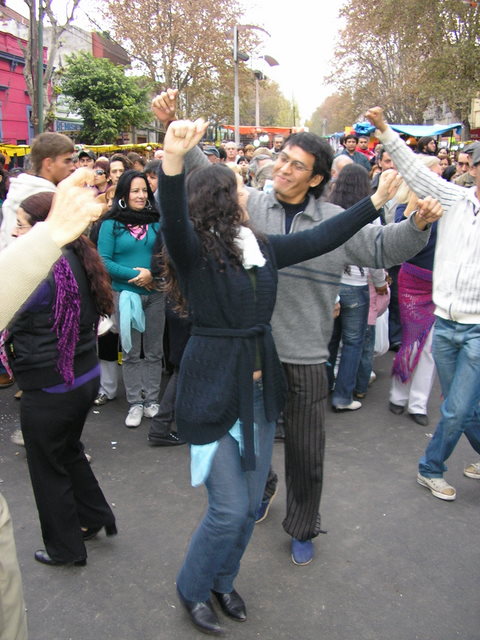
In the 19th and very early 20th century, Matadero was a western rural village in the southern Pampas and the center for slaughterhouses - basically a slum. The slaughterhouses moved in the early 1900’s. The barrio developed into a working class district and the center for cattle marketing. The city slowly encroached transforming this village into a gaucho barrio, proud of its Pampas working class heritage. Twenty-three years ago the city of Buenos Aires started a weekend fair, similar to the famous one in San Telmo, but based on the gaucho culture, with the meats, cheeses, sausage and crafts typical of the Pampas - and the music!
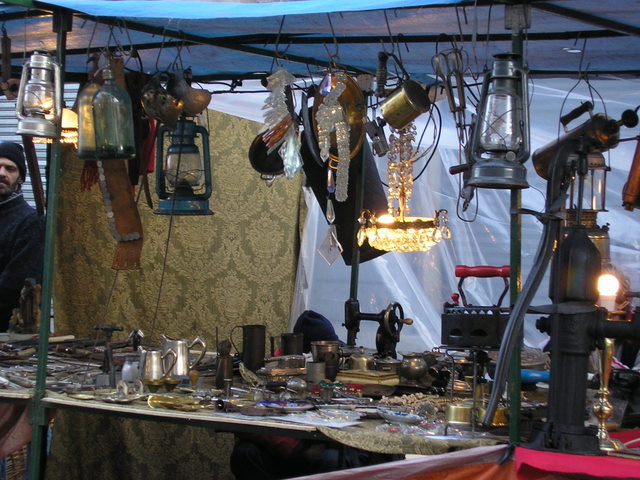
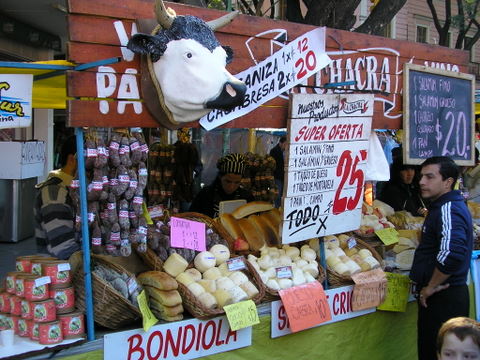
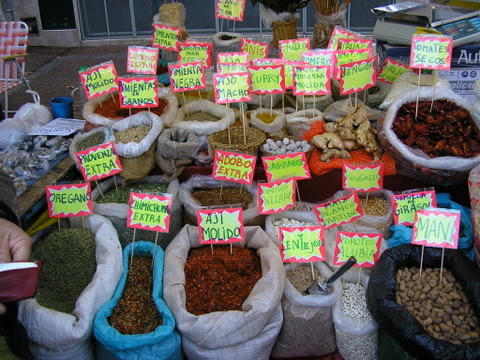
The three times I have attended the Feria have been some of my most enjoyable memories of Buenos Aires. A large, elevated stage in front of the Mercado Nacional de Hacienda, a large pink building that houses a gaucho museum and the livestock commodities market, dominates the Feria. Three streets radiate from the stage lined with stalls selling crafts, collectables, antiques, and artesian foods - smoked and cured meats, cheeses, breads, spices, chocolate, candied fruits, jams, chutneys, boutique wines and liquors. The food is made on small farms and estancias (buy some for a picnic!) and the quality of many crafts are a cut above other fairs with prices well below what a tourist will find in center city stores. Do gift shopping at the Feria especially for leather and silver. 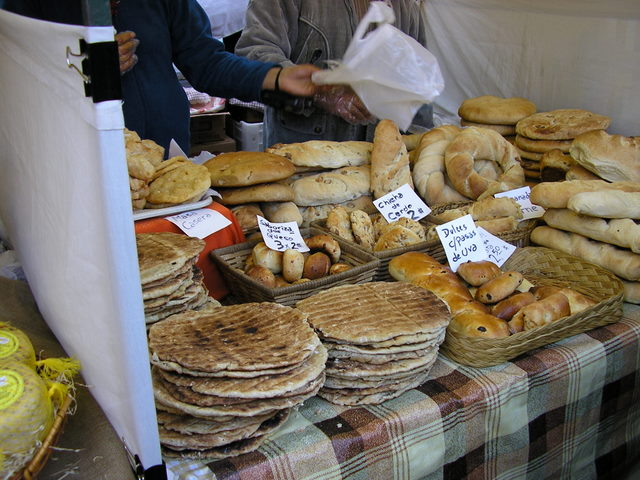
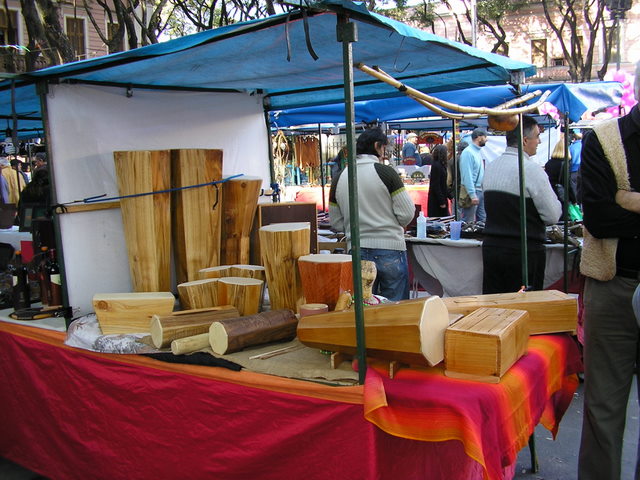
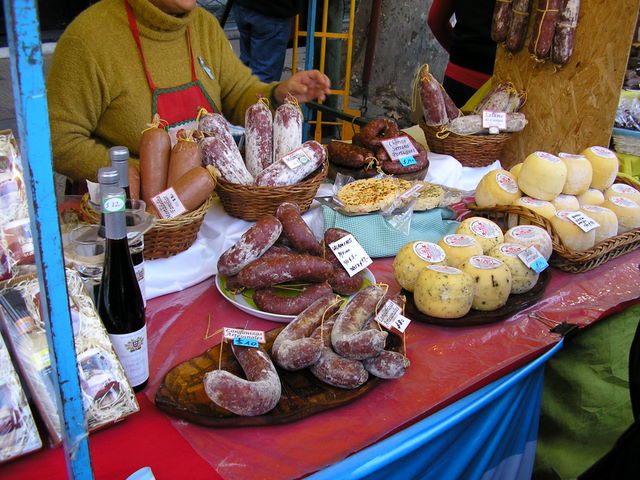
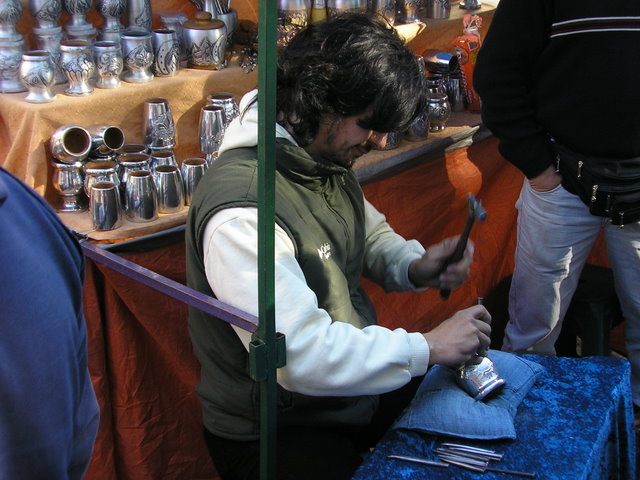
The air is filled with the smell of fresh burning aromatic wood from the parillas - meat being grilled from several open air vendors. Stalls selling freshly made empanadas, tortillas and humitas line a section of one street. The bars and cafes are jammed, as is every square inch of the plaza, with people in a party mood and more than one man and woman dressed in traditional goucho clothing. These are not paid actors, they are regular citizens who are proud of their heritage and take this festival as an opportunity to celebrate and participate in traditional folkloric dance as well as tango. 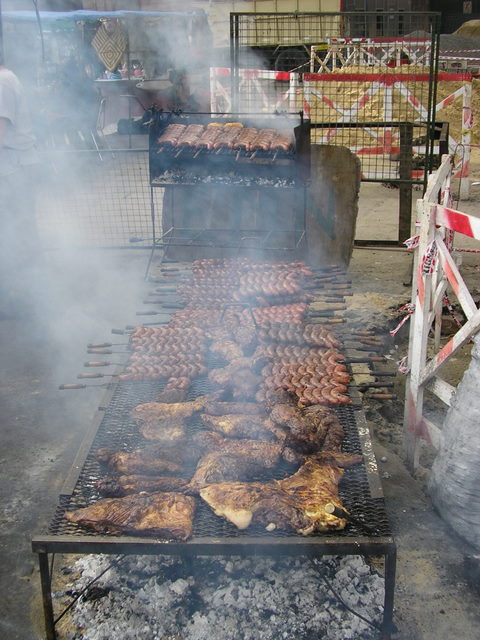
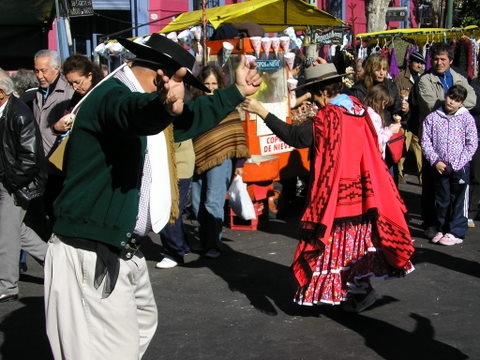
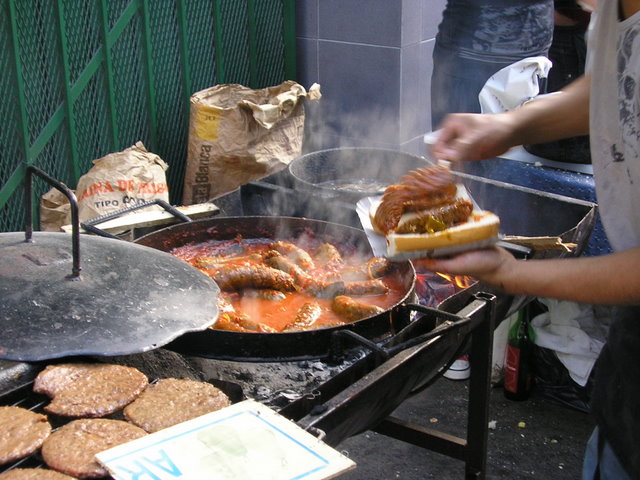
One street is sectioned off for the serious and exciting gaucho ring-spearing competition - Carrera de Sortija. Men on huge stallions sprint at top speed, rising up in the saddle with just their feet in the stirrups. With one hand on the reins and one hand holding a thin rod, at full gallop, they attempt to snatch a small 2” diameter ring hanging from a post. No prizes, except the proudest of all - honor.
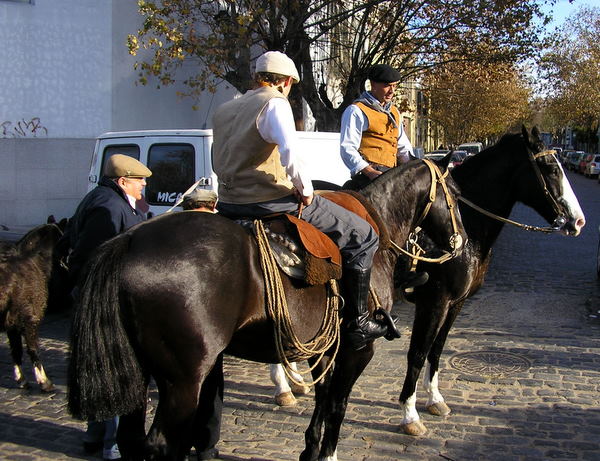
But the centerpiece of the Feria is the music which starts around 1:30 PM with local traditional dance groups, many of them young people, representing different folkloric traditions from around Argentina. By 3:30 the featured groups and soloists begin to play and they range from well known folkloric groups, to tango, jazz and fusion. By 5:30 the featured musician takes the stage for the next hour or so. During the three visits I made to the Feria I was never disappointed by any group, but the featured performers were outstanding!
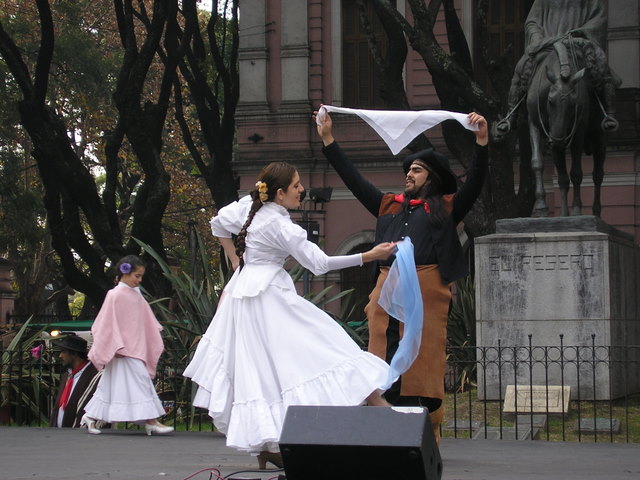
Gabriela Roldan is a singer-songwriter with a powerful and lyrical voice. Even if you can’t understand a single Spanish word, the effect is wonderful and you should buy her recordings. She comes from the western Andean city of San Juan. The Franco Luciani Grupo are all in their late 20’s and early 30’s. Franco Luciani turns the harmonica into the most beautiful, soulful, expressive voice I have ever heard! His adaptations of tango, folkloric and other Argentine music had the thousands of people attending the fair chanting for more encores! His albums are available on Amazon. Tomas Lapan, from the far northwestern province of Tucuman, is a celebrated indigenous Argentine guitarist and singer who enthralled the crowd with his interpretations of music honoring the Pachamama - the Earth Mother. The Pachamama is an indigenous neo-Christian symbol celebrated throughout Argentina.
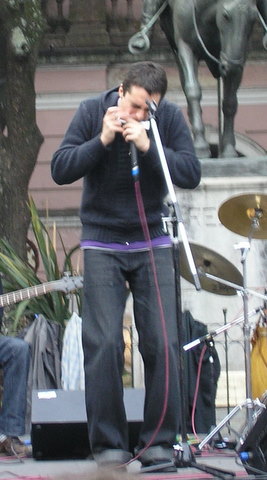
Franco Luciani
Tomas Lapan
Attending the Feria de Matadores is an exercise in patience. The crowds are large, the space small, no one moves quickly or gets short tempered, lines at food vendors are long and, above all, you are safe - with normal precautions. Check the web site for the weekly schedule. Sometimes a Friday, Saturday or even a Monday is added to the regular Sunday schedule. From the center of Buenos Aires, it’s best to take a taxi for the 25 minute ride to Barrio Matadores AR$30 to 40 (US$8 - 10.50) or your hotel can direct you to the dozen or so bus lines that run out to the Barrio in about 45 minutes - a great way to see the non-tourist side of the city - for AR$1.25 - 1.75 (US$.35 - .45). After that, the only cost is what you purchase. The music and ambiance are free.
Feria de Matadores,
Barrio Matadores
|
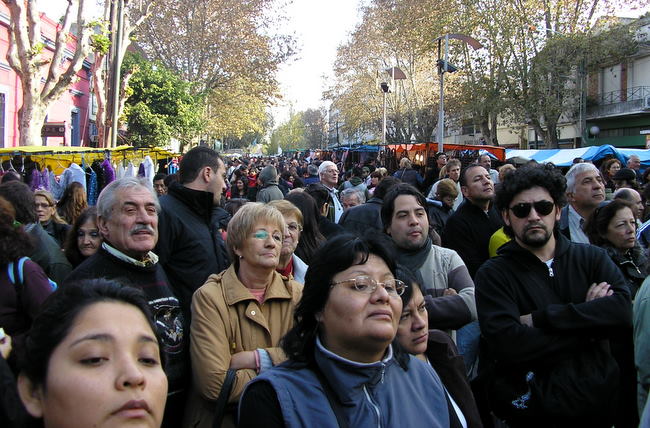
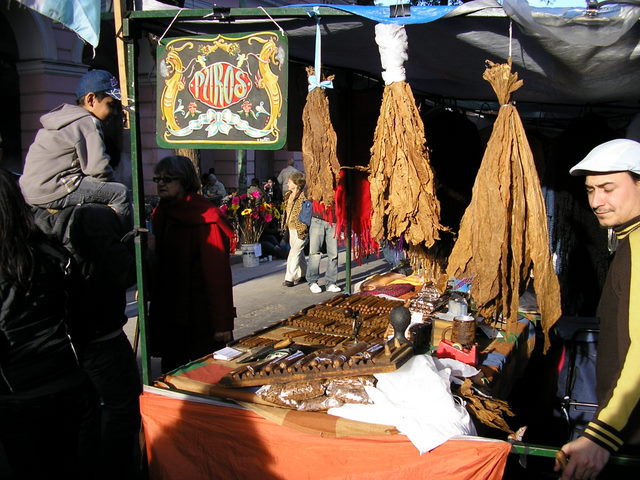
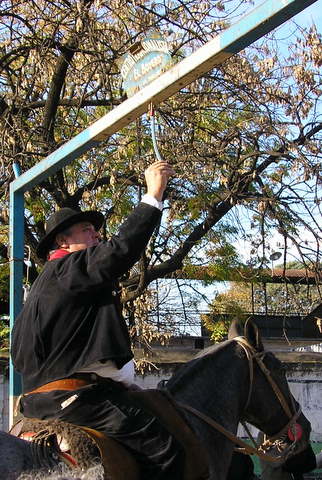
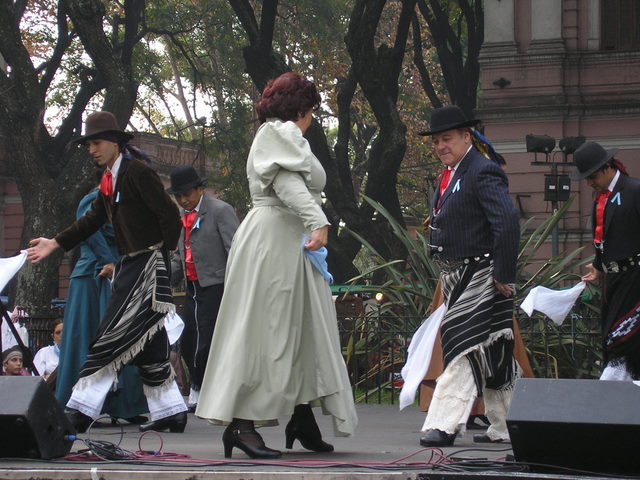
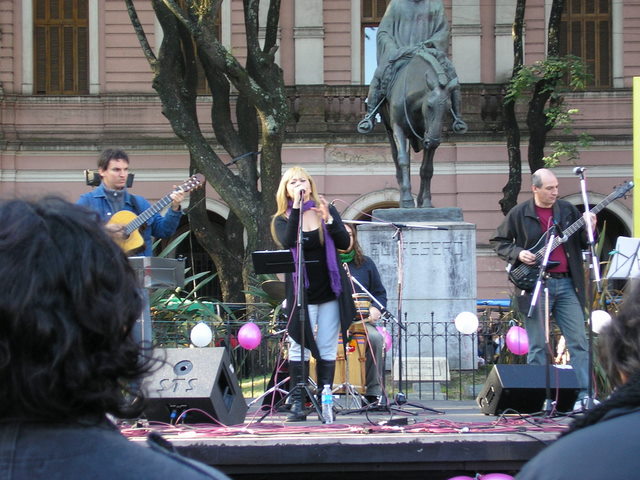 Gabriela Roldan
Gabriela Roldan
